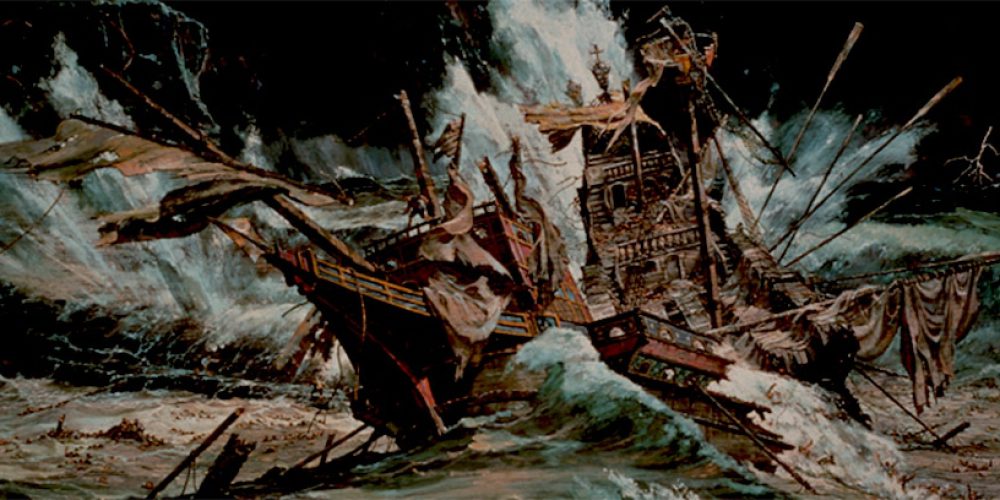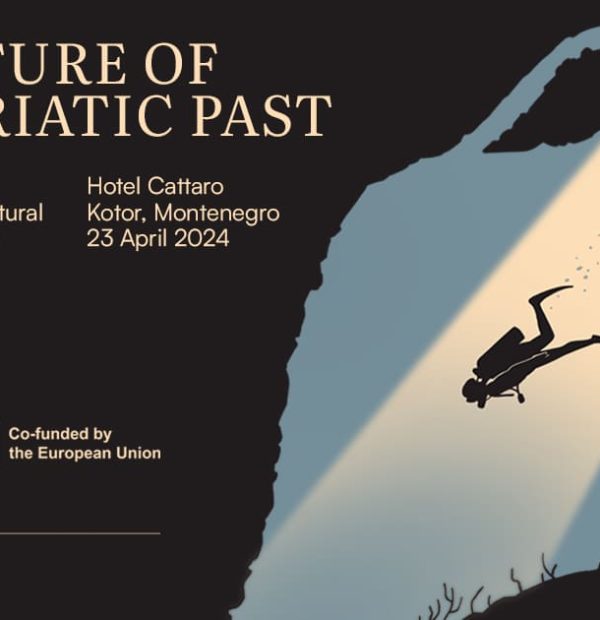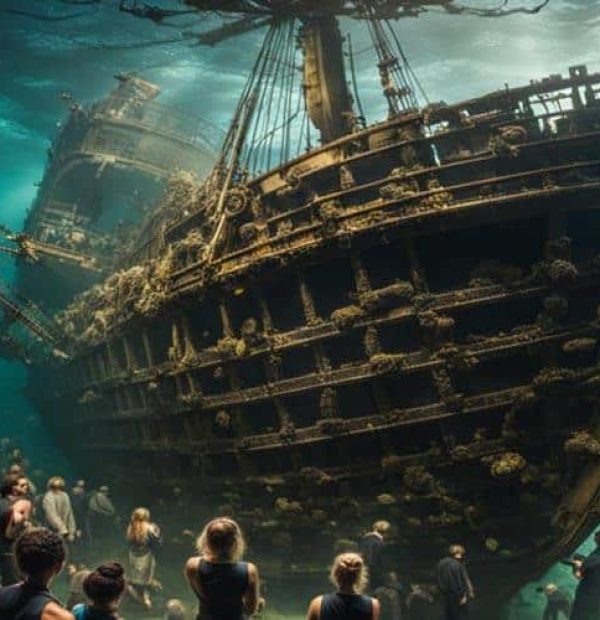Friday, 10 May 2024
Menu

The Spanish Armada, also known as the Grand or Invincible Armada, was a fleet of 130 ships that set sail from the city of A Coruña in Galicia in late May 1588. The fleet, under the command of the Duke of Medina Sidonia, was to take part in the invasion of England with the aim of overthrowing Queen Elizabeth I and stopping English interference in the Spanish Netherlands, as well as stopping the damage done by English and Dutch ships whose actions were striking Spanish interests in the Americas.
On a mission to stop the huge Spanish fleet, English ships set out from Plymouth, which were faster and far more manoeuvrable than the large larger Spanish galleons. This advantage enabled the British to fire on the Armada’s vessels without suffering losses. After a bloody battle, the Spanish headed north, trying to return to Spain by sailing around Scotland and south by sailing around Ireland, where they were caught in a severe storm.
“The Spanish commander made the fateful decision to withdraw from the battlefield and head into the North Sea towards Scotland. To the north, the Spanish had to face a natural line of defence in the form of gales, storms and powerful waves which ultimately buried any hope of a successful landing of Spanish troops.” – Dr Sam Willis said
The Admiral, Duke of Medina Sidonia, commanding the Armada, gave his last orders to flee home around the west coast of Ireland, adding what turned out to be an extremely prophetic warning – to avoid the dangers of the jagged Irish coast.
The Spanish ships sailed blindly along the Scottish coast, trying to avoid the northwest of Ireland, completely lost in foreign waters without local pilots. Over time they began to separate and lose their course. By September 1588, the great Spanish fleet had turned into a splintered, disjointed group of ships that began to appear singly or in pairs off the coast of Northern Ireland.
The Spanish commanders were totally unprepared for this huge operation. They did not know the specifics of the local waters, they had no knowledge of the local coastline and they were totally unprepared for such harsh and violent weather as we face in the North Atlantic. As a result, thousands of Spaniards died without even seeing the battlefield.
The retreating Armada ran into a wall of stormy weather that lasted for nearly a month and brought the ships and their crews to their doom. Within 200 miles of the west coast of Ireland, more than 20 Spanish galleons were lost. What followed were horrific scenes along the entire coastline. The bodies of 1 500 people were found on a single beach and anyone who survived met an equally callous fate.
“Girona was destroyed within a few miles of Dunluce Castle, home to Sorley Boy MacDonnell, an Irish chieftain who was embroiled in his own conflict with the English army. He extracted over 200 bodies from the wreckage and ensured that they received a Catholic burial.”
The most tangible trace of the Spanish Armada and the invasion of England today is the great number of gold artefacts dredged from the seabed which can be seen on display at the Ulster Museum in Belfast. Most of the artefacts on display were retrieved from the sea in the 1960s.
Source: express.co.uk










Welcome to DIVERS24.COM, your daily source of scuba news, freediving, scuba diving information, and equipment reviews. Our comprehensive coverage of the dive industry from A to Z provides you with all the latest scuba news, training updates, underwater photography tips, and everything else related to scuba diving. Whether you’re a beginner or an experienced diver looking for more knowledge about scuba gear or techniques – we’ve got it covered! With our in-depth articles written by experienced divers who have been there and done that, you are sure to find exactly what you need here at Divers24.com. Dive into scuba news today!
Underwater Media Sp. z o.o.
Szafarnia 11/F8,
80-755 Gdansk, Poland
Welcome to DIVERS24.COM, your daily source of scuba news, freediving, and scuba diving information. Sign in for a weekly news update and discount coupons for dive gear and apparel.
@2023 - underwatermedia.pl. All Right Reserved. Designed and Developed by Tworzenie stron internetowych Gdansk

The Divers24 portal is currently the largest online medium treating diving in Poland. Since 2010 we have been providing interesting and important information from Poland and around the world on all forms of diving and related activities.
Contact us: info@divers24.com